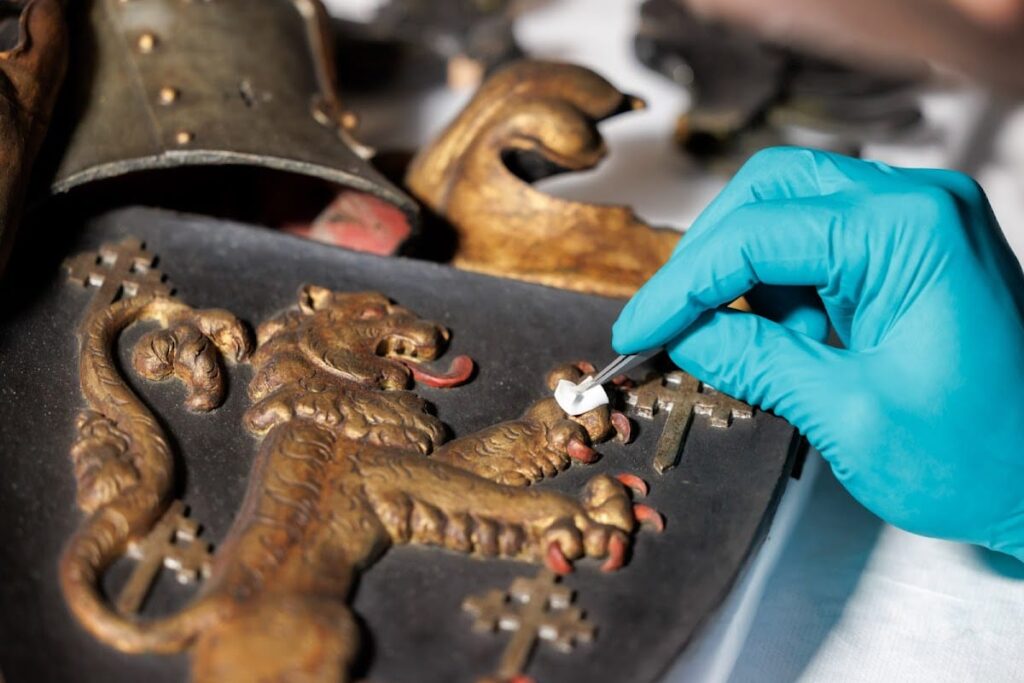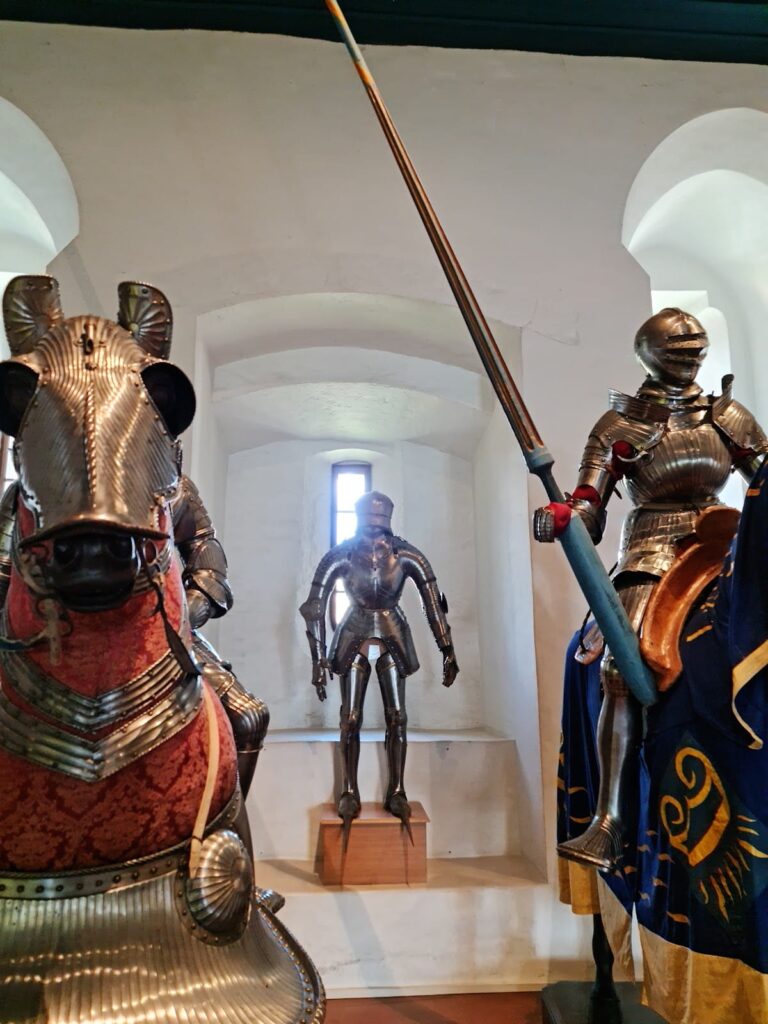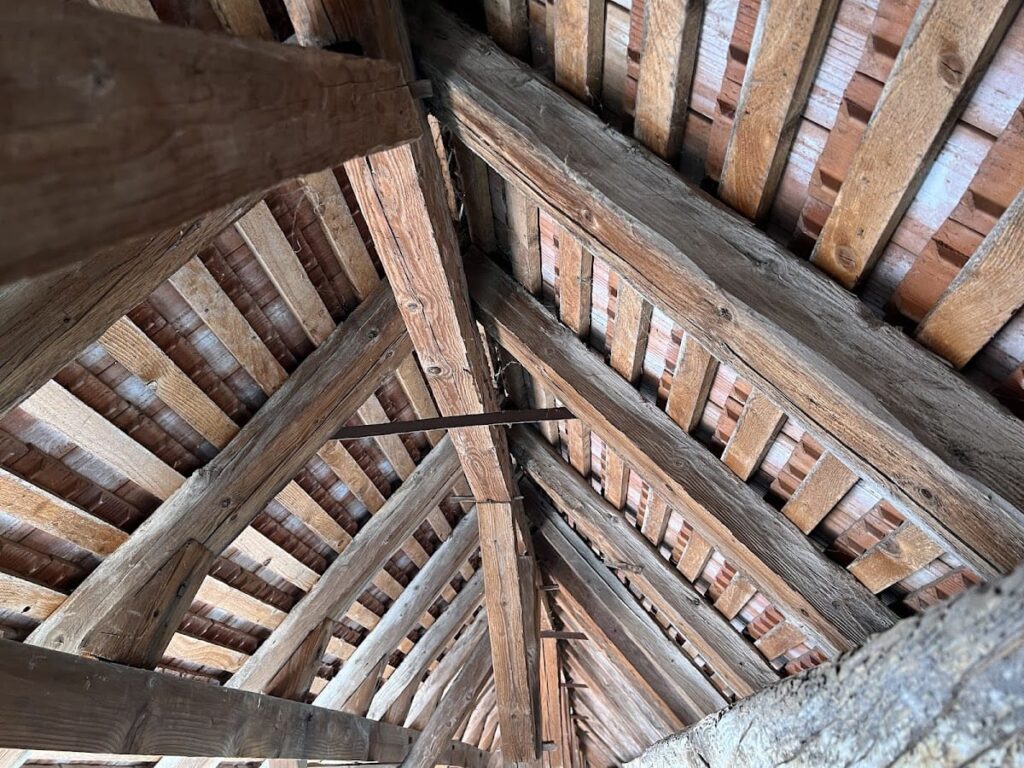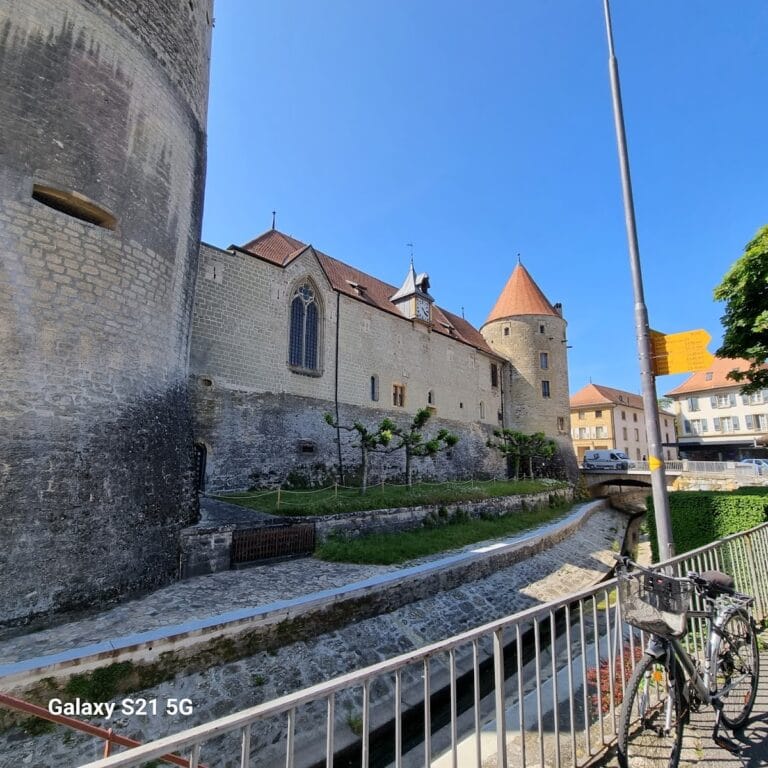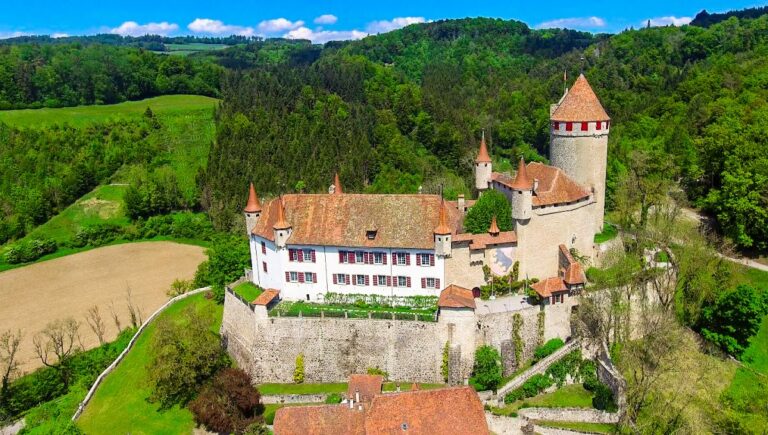Grandson Castle: A Medieval Fortress on Lake Neuchâtel in Switzerland
Visitor Information
Google Rating: 4.4
Popularity: Medium
Google Maps: View on Google Maps
Official Website: www.chateau-grandson.ch
Country: Switzerland
Civilization: Medieval European
Remains: Military
History
Grandson Castle stands on the shore of Lake Neuchâtel in Switzerland. It was first built in the early 11th century by the Lords of Grandson, a noble family whose name appears in records from the latter half of that century. The castle’s location was chosen to control the important coastal road along the lake, serving as a center of power for the Grandson family, who maintained ties with the House of Savoy and had connections to English royalty.
In the late 13th century, Otto I of Grandson undertook a major rebuilding of the castle. Otto was a prominent figure who took part in the Eighth Crusade and accompanied Prince Edward of England on crusading campaigns. He held important military and diplomatic roles until his death in 1328. However, by the late 14th century, the Grandson family’s influence waned amid accusations of forgery and involvement in the death of Amadeus VII, Count of Savoy. These charges led to judicial duels and executions that ended their dominance in the region.
During the 15th century, ownership of the castle shifted several times. It eventually came under the control of Jacques de Savoie, an ally of Charles the Bold, Duke of Burgundy. In 1475, the Swiss Confederation captured Grandson Castle. The following year, during a siege by Charles the Bold, the castle’s garrison surrendered but was executed by hanging or drowning. Soon after, the Swiss army defeated Charles’s forces at the Battle of Grandson, retaking the castle and seizing a large treasure.
From 1476 until 1798, the castle served as the seat of bailiffs from the cities of Freiburg and Bern. Governance alternated every five years between these two authorities. In the 19th century, the castle passed into private hands. In 1875, Baron Gustave de Blonay acquired it, and it was later inherited by his son, Godefroy de Blonay. Excavations and research have confirmed the castle’s role as a well-preserved medieval fortress. The lowering of Lake Neuchâtel’s water level in 1875 removed the natural lake defense that once bordered the castle’s southeast side.
Remains
Grandson Castle features a complex layout with multiple towers and fortified walls. Its construction spans several centuries, reflecting changes in defensive needs and architectural styles. The original early 11th-century donjon, a square-shaped main tower, no longer exists but traces remain visible on the northern wall facing the Jura mountains. This donjon was likely demolished during the building of the castle’s western section.
The castle includes five tall round towers without battlements or machicolations, which are openings used for dropping objects on attackers. One external tower, known as the Burgunder Tower, has a square base with a round upper third. Three fortified towers were added around 1270–1280 during Otto I’s reign, a date confirmed by tree-ring dating (dendrochronology). Around 1450, three more towers were built near the lakeshore and within the town to strengthen defenses against attacks from Lake Neuchâtel.
Originally, the castle stood directly on the lakeshore, using the water as a natural defense on its southeast side. After the lake’s water level was lowered in 1875, the castle now lies some distance from the water. Inside, the castle contains a Renaissance-era knights’ hall furnished with period seating, a torture chamber displaying instruments from that era, and a weapons hall. The weapons collection includes arms and armor from the Burgundian Wars, such as crossbows, artillery pieces, and experimental combat devices.
Several museums operate within the castle. One focuses on the Battle of Grandson and features a detailed model with 2,200 lead soldiers. Another museum displays castle models and battle plans, while a regional history museum highlights the importance of Lake Neuchâtel. The castle’s cellar houses the prison used by the feudal court. The surrounding grounds include two hectares of vineyards located on the lakeside territory of the municipality of Concise. Today, the castle and its collections are managed by a foundation established by Bruno Stefanini, a Swiss patron of art and culture.
